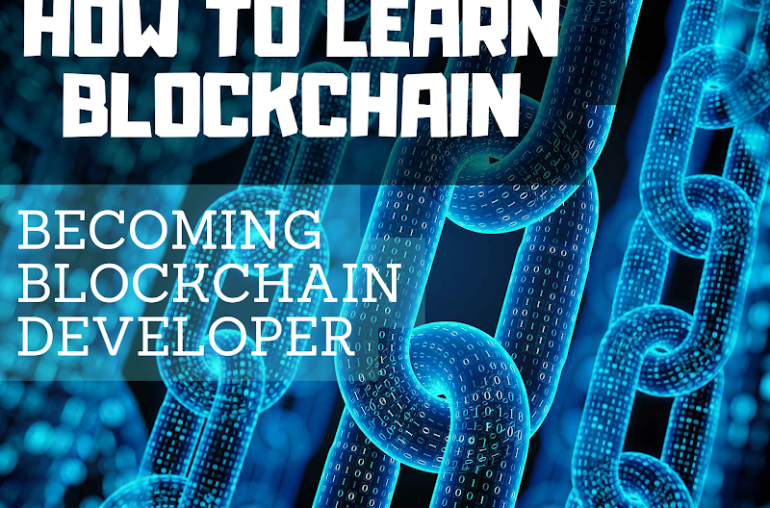
-
U.S. Federal Reserve set for a leadership renewal exercise and Biden administration has yet to re-nominate incumbent Fed Chairman Jerome Powell
-
“New monetary policy” which accepts periods of higher inflation as well as swiftness to roll out fiscal measures during the pandemic were hallmarks of Powell’s reign – a new Chairman may not be so inclined
To understand the global economy, like it or not, requires some understanding of American politics.
As the U.S. Federal Reserve remains the global interest rate-setter, determining how much borrowers pay on everything from their homes to student loans, it’s important for investors to know the Fed’s at times, ambiguous policy stance.
And while markets were roiled last week on indications that the Fed would be looking to bring forward its timetable for rate increases, things like leadership continuity at the Fed are just as important.
U.S. Federal Reserve Chairman Jerome Powell, whose term at the Fed is set to expire next year hasn’t yet been named by the Biden administration for re-nomination.
To be fair, it’s still relatively early, but some certainty would be appreciated as Powell has led and pioneered bold policy initiatives at the Fed, which a new Chairman might seek to undo.
A Trump administration appointee, unlike his predecessors, Powell is a lawyer by training and helped to push forward the Fed’s “new monetary policy,” that would accept periods of higher inflation to “make up” for periods where price rises were more muted.
And while Powell does vote on interest rates, being one of the 10 members of the powerful Federal Open Market Committee, it was his leadership that enabled the bold quantitative easing (asset purchases) during the depths of the pandemic.
Now that the U.S. economy appears to be recovering strongly, Powell and his colleagues at the Fed are exploring the tapering of the central bank’s US$120 billion-a-month asset purchases, as well as bringing forward interest rate increases in 2023.
But perhaps not as quickly as markets may have given the Fed credit for last week.
Testifying before the House Select Subcommittee on the Coronavirus Crisis, Powell noted with respect to the latest inflation numbers,
“A pretty substantial part, or perhaps all of the overshoot in inflation comes from categories that are directly affected by the re-opening of the economy such as used cars and trucks. Those are things that we would look to, to stop going up and ultimately to start to decline.”
Powell may be right, people don’t typically keep buying cars and trucks after they’ve done it once.
And given how most of America remained homebound during the pandemic’s numerous phases of lockdown, it only makes sense that now that they’re out and about again, they want to hit the road in a new vehicle, driving up prices.
Exacerbating the situation has been a global chip shortage, that has left many vehicles ready, but unfinished, constricting supply and driving up prices in the second hand market, a key constituent of recent price increases.
Importantly, Powell said that the Fed would be patient in lifting borrowing costs,
“We will not raise interest rates preemptively because we think employment is too high, because we feared the possible onset of inflation.”
“We will wait for actual evidence of actual inflation or other imbalances.”
Powell’s testimony was sufficient to kick off a sharp rebound in stocks and his testimony pleased Congresswoman Maxine Waters, the influential California Democrat who chairs the powerful House Financial Services Committee, and who praised the Fed Chairman for his vocal support for fiscal packages and facilities to provide emergency credit to the U.S. economy.
But what’s less clear is whether Powell will still be around next year or 2023, when rates are expected to head upwards.
Powell was nominated to the U.S. Federal Reserve Board of Governors by then-U.S. President Barack Obama, but Fed chairs are picked by the President and confirmed by the Senate.
A Republican, Powell has so far deftly deflected questions about whether he’d serve another four years if asked by U.S. President Joe Biden, but also hinted that he’s keen to stay at the job.
And there are hints that if he stays on, investors can expect a more dovish Fed, at least in the immediate term,
“The very quick job gains of the early recovery, essentially involve going back to your old job.”
Powell noted that the process of workers trying to find new jobs is a process that would take more time.
Given that employment is one of the key metrics by which the Fed is currently using to guide policy decisions, any slow down on that front would continue to provide sufficient justification to keep policy responses status quo.
And other risks remain for the U.S. economy.
While almost half of all Americans are vaccinated, the numbers are insufficient to achieve herd immunity, and there is the worrying development of the far more virulent Delta and Delta-Plus coronavirus variants to contend with as well.
For investors, the conditions can be described as cautiously optimistic for equities, with bets on bonds still too early to call, until the picture on inflation becomes clearer.



